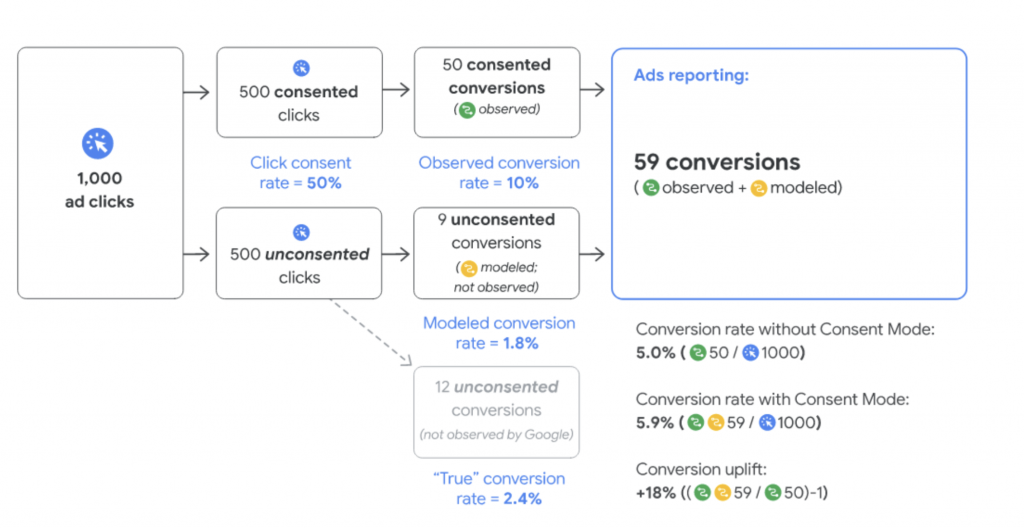
Metadata
- Author: Good Rebels
- Full Title:: Consent management with Google Consent Mode: why you should (or shouldn’t) adopt it
- Category:: 🗞️Articles
- URL:: https://medium.com/@goodrebels/consent-management-with-google-consent-mode-why-you-should-or-shouldnt-adopt-it-322995a8f60b
- Finished date:: 2023-11-04
Highlights
it is not 100% clear yet whether Google’s solution will ensure compliance with the GDPR, at least not in its strictest interpretation. In theory, it should be considered sufficient, and it certainly sets the bar for the rest of us: we don’t want to be below sufficiently widespread solutions like this one. But if our priority is to play it safe and avoid any problems altogether, the only secure solution is a strict implementation, which does not provide any data to third parties until users have confirmed their consent. (View Highlight)
As for data quality, the decision will depend on the nature of our business and the data we need and consume most regularly. Consent Mode offers automatic modelling that tries to fill in the information that users have not agreed to provide us with. Thus, we will have to ask ourselves: do we prefer a more global but more limited view, or complete and reliable data, but from a more limited subset of users? The first option is for you if your website has direct and punctual conversions, short user journeys, or simple attributions, and therefore enriching the statistics with data from restricted users could be of help. In this case, installing Consent Mode can be a good idea. If, on the other hand, you have complex customer journeys, long funnels with multiple intermediate steps, or multi-domain, multi-session, or multi-platform tracking, Consent Mode may be of little help or even counterproductive, and it may be better to stick to real, concrete data. (View Highlight)
 (
(